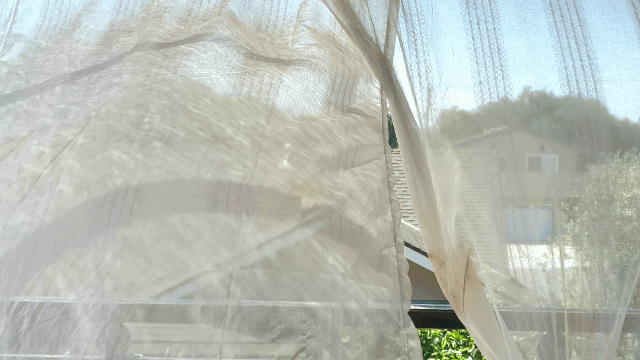D I V E R S I T Y S T A T E M E N T
As a woman working in the field of media art and technology I am very aware of the gap, or more appropriately the chasm, of male to female technologists. I am committed to working in this field and particularly to fostering a safe space for women and girls, or those who identity out of the gender binary, to feel safe and welcome in my classroom. The more women that inhabit these spaces that have been historically dominated by men, it begins to break down the false belief that to be a “good techie” you have to be male. I work to encourage and inspire other young women who may have felt discouraged about entering a field that can at times feel unwelcoming to their presence.
As an artist, the core of my practice centers around empathy and the barriers that impede the ability to connect with those that are perceived to be different from ourselves or viewed as the “other.” For example my 2011 interactive public art installation I Go Humble… addressed the serious subject of street harassment. Live video feeds of hidden performers were streamed on large television monitors placed in an empty storefront at a busy intersection of downtown Atlanta, Georgia. The performers, two women and two gay identified men, observed the passing crowd and catcalled all of the passing men, thus reversing the typically heterosexual male behavior. With this work heteronormative male privilege and the harassment of women in public spaces was addressed head on in an interactive and engaging way to critique behaviors that can be threatening and potentially traumatizing.
With work like this I choose to engage communities and audiences to reverse typical power dynamics in order to create a “switch” where people not commonly subjected to such behaviors have the chance to directly encounter what it must feel like in order to better empathize with the experiences and lives of others. In essence this is the core of empathy. Other installations have tackled issues surrounding ethnocentrism, body normativity, and language/dialect bias. I believe to create a community that embraces and embodies diversity these types of dialogues must be fostered in order to confront privilege as well as to better learn how to not only co-exist but thrive as living examples of inclusion.
These ideas are central to my artistic practice and I strive to make them present in every classroom discussion I lead. I set a tone of inclusion and make clear the value of all perspectives in a dialogue. When constructing a curriculum, I always take into consideration who I am teaching and tailor my presentations accordingly. I make sure to choose readings and artists in whom the students can see their own stories, identities, experiences, and perspectives represented. A former mentor once told me that what information I present needs to not merely be a reflection of my own tastes in work, but that the work needs to be reflective of the experiences of my students. The relationship that is forged in those classrooms requires understanding and compassion to each of their unique experiences. My ability to recognize those needs and reflect back to them what I feel can serve them best in their development as critical thinkers and creators is a key component to my mission as a teacher.
